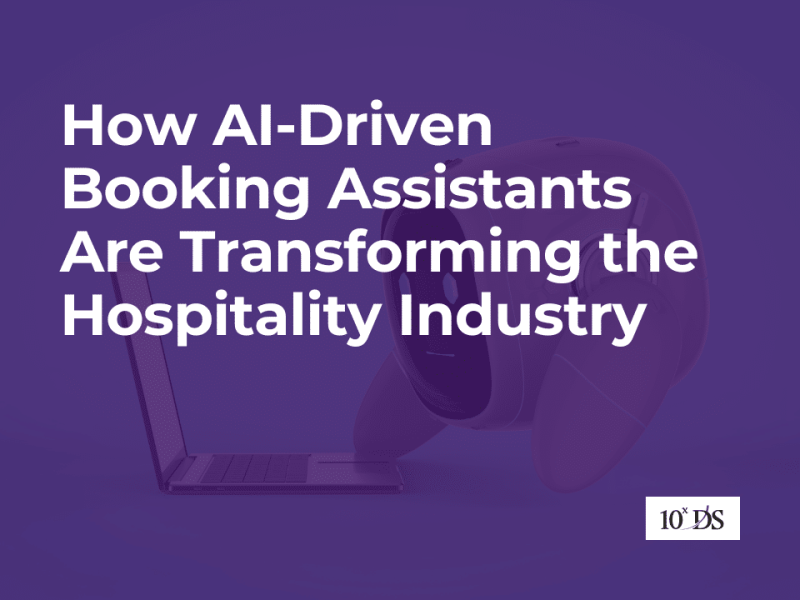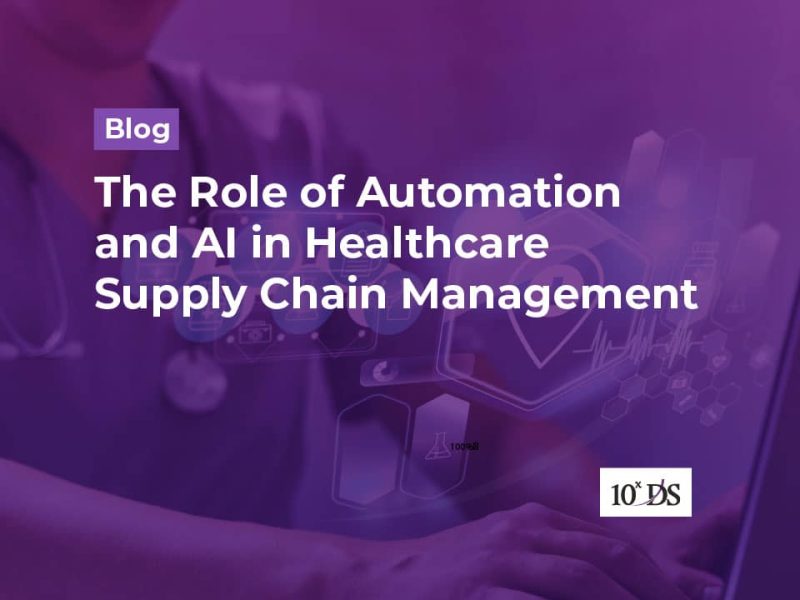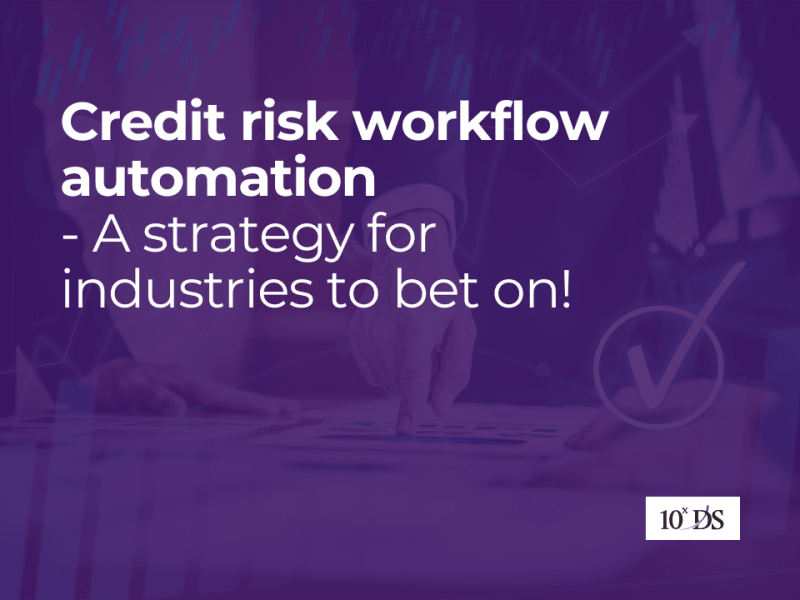
Digital Transformation Duo: ERP and Power Platform
In the global market, several major ERP (Enterprise Resource Planning) systems dominate the landscape, each catering to various industries and business sizes. Some of the leading ERPs include SAP, Oracle ERP Cloud, Microsoft Dynamics 365, NetSuite, Infor ERP, Epicor, and Sage Intacct. These systems offer a wide range of functionalities, from finance and supply chain management to human resources and customer relationship management, enabling organizations to streamline their operations, enhance decision-making, and achieve better overall efficiency. While ERP systems are powerful tools for streamlining business operations and improving efficiency, they do not, on their own, guarantee smooth process operations. ERP systems are an essential component of modern business management, but their success depends on various factors, and they have limitations.
ERPs and Power Platform are two distinct, but complementary technologies often used together in business environments to streamline operations, improve productivity, and make data-driven decisions. Here’s how this combination can work:
Integration and Data Flow
ERPs serve as the backbone of many businesses, managing core processes like finance, HR, inventory, and procurement. They store and manage large volumes of critical data. Power Platform, developed by Microsoft, is a suite of tools that includes Power BI (for data visualization and business intelligence), Power Apps (for building custom applications), and Power Automate (for workflow automation). The combination starts with integrating the Power Platform with the ERP system. This integration allows for the seamless flow of data between the ERP and Power Platform components.
Data Analysis and Reporting
Power BI, a part of the Power Platform, can connect directly to the ERP system’s data to create real-time dashboards and reports. Users can gain insights into key performance indicators (KPIs), financial data, and operational metrics. Power BI provides interactive and visually appealing data visualizations, which can be shared with stakeholders across the organization, helping them make informed decisions.
Custom Application Development
Power Apps can be used to build custom applications that extend the functionality of the ERP system. For example, you can create mobile apps for field service, inventory management, or order processing. These apps can integrate with the ERP database and other systems, providing employees with easy access to relevant information and streamlining business processes.
Workflow Automation
Power Automate allows businesses to automate routine tasks and workflows. This can include approval processes, data validation, and notifications triggered by ERP events. Integration with ERP systems ensures that data is accurately and efficiently processed without manual intervention.
User-Friendly Interfaces
Power Platform tools are designed with a user-friendly, low-code/no-code approach, making them accessible to a broader range of users within an organization, including those without extensive technical expertise.
Power Platform can scale alongside the ERP system, adapting to changing business needs and processes. It can also be extended to integrate with other third-party applications and services, creating a comprehensive ecosystem that can encompass all aspects of the business. Both ERPs and Power Platform take data security and compliance seriously. Proper configurations and access controls are essential to ensure that sensitive business data is protected. Implementing the Power Platform alongside an ERP system does come with costs, including licensing fees and development efforts. However, the potential return on investment (ROI) lies in increased efficiency, better decision-making, and improved business processes.
Some of the use cases that can be considered are:
- Extend CRM functionality by integrating with the ERP system’s customer data so that Sales and customer service teams can access customer profiles, order history, and other relevant data from a single interface.
- Employee expense management functionality where employees can submit expense reports, which are automatically routed for approval and reimbursement, improving efficiency.
- Inventory Management and Tracking by allowing employees to scan barcodes or RFID tags to update inventory levels in real-time.
- Employee Self-Service by automating administrative tasks and empower employees to manage their HR-related needs independently on pay stubs, time-off requests, and benefits enrolment.
- Supplier and Vendor Collaboration by automating workflows around Purchase orders, invoices, and communication.
These are just a few examples of how an ERP system seamlessly integrated with the Power Platform can transform various aspects of business operations. The specific use cases will depend on the organization’s industry, needs, and processes. The key advantage is the ability to customize and automate workflows while leveraging real-time data from the ERP system for better decision-making.
Organizations should conduct a thorough assessment of their requirements, invest in skilled IT professionals, and work closely with vendors and consultants to plan and implement the integration effectively. Additionally, ongoing monitoring and maintenance are essential to ensure that the combo continues to meet business needs as they evolve over time.
Talk to our experts to know more.


